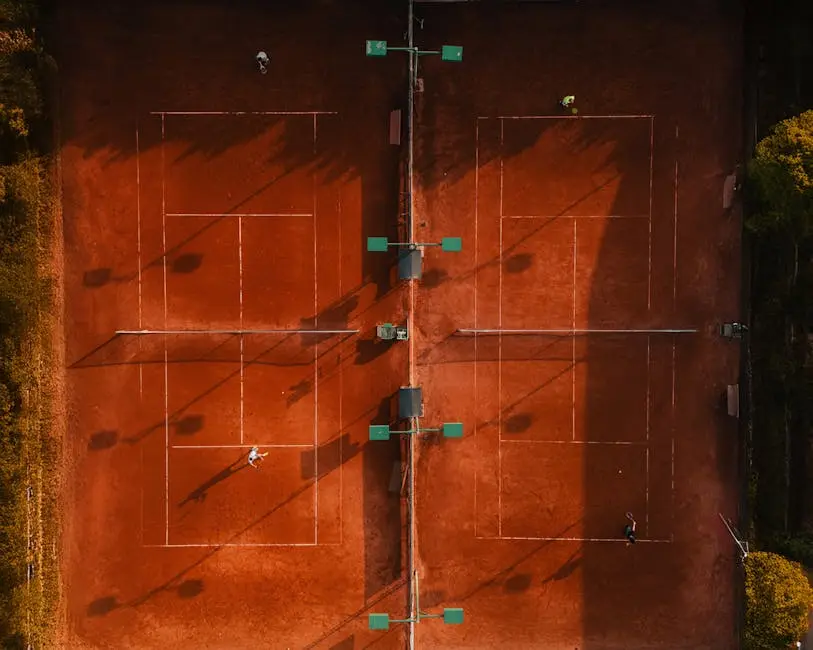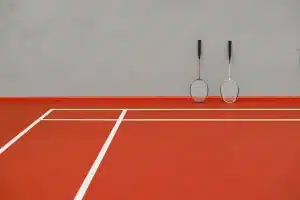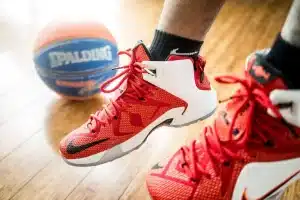Racquetballs are a fundamental part of the game, but have you ever wondered what goes into making them? Understanding the composition of racquetballs can enhance your appreciation for the sport. Let’s dive into the materials that create this vibrant, bouncy ball.
Step 1: Understanding the Core Material
The core of a racquetball is typically made from a rubber compound that provides both resilience and bounce. This material is crucial in determining how the ball reacts during play.
More than just a simple elastic substance, the rubber used in racquetball construction is engineered to ensure maximum energy return. When struck, it compresses and quickly regains its shape, giving players that satisfying pop on every hit.
Interestingly, the exact formulation of this rubber can vary. Some manufacturers fine-tune their blends to optimize performance for different types of play, be it power-focused or control-oriented styles.
Step 2: The Outer Covering
Racquetballs are often coated with a thin layer of durable rubber. This outer covering is essential for grip and impact resistance, contributing to the ball’s longevity.
The design and texture of this outer layer play significant roles in gameplay. A rougher texture can improve grip on rackets, allowing for more precision, while a smoother finish can enable faster shots.
Moreover, the outer rubber is frequently tested against various environmental conditions. This ensures that regardless of whether you’re playing indoors or outdoors, the ball maintains its performance.
It’s also worth noting that the color of the outer rubber not only provides aesthetic appeal but also enhances visibility, which is crucial for competitive play. Many players prefer vibrant colors that can easily be tracked during fast-paced rallies.
Step 3: The Importance of Color and Texture
Most racquetballs are brightly colored for visibility, and their surface texture can affect gameplay by influencing how the ball interacts with racquets and walls.
The bright hues are not just for fun; they serve a practical purpose. A visible racquetball can make a significant difference during intense matches, helping players track the fast-moving object more effectively.
In terms of texture, rough surfaces can change how a ball grips the racket strings, leading to different spin dynamics. This plays into strategy, as players can decide how much control they want for their shots.
Step 4: Variations in Composition
While standard racquetballs use rubber, different manufacturers may experiment with variations in material to alter performance characteristics for various skill levels and playing conditions.
For instance, some companies create softer racquetballs, which are ideal for beginners as they provide more cushioning on impact. This allows newer players to build confidence in their strokes without fear of too much power.
Conversely, advanced players might opt for firmer balls that respond quickly and offer more speed, helping to elevate the game to higher levels. Each variation is a thoughtful response to the diverse needs of players.
In essence, the world of racquetballs is nuanced, with material variations catering to diverse playing styles. Whether you seek durability, bounce, or control, there’s a racquetball tailored just for you.
Wrapping Up
In summary, racquetballs are primarily made of rubber compounds designed to provide optimal performance and durability. Their unique construction allows for various playing styles and conditions. So next time you step onto the court, you’ll have a better understanding of what makes racquetballs so special.





